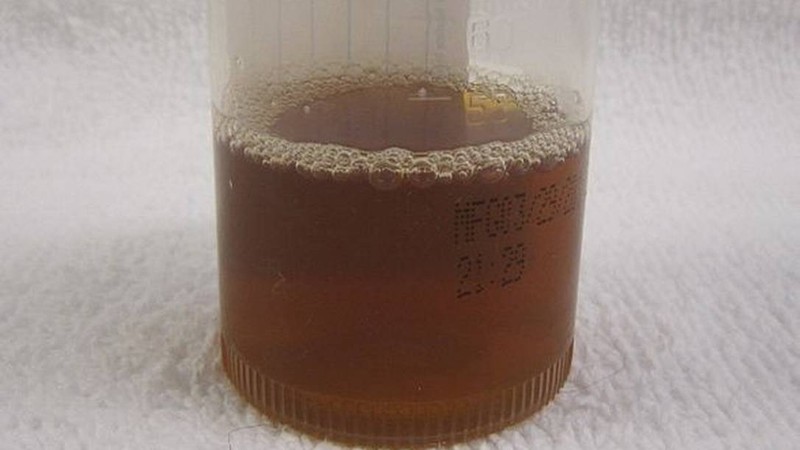Health authorities are investigating an outbreak of Huff Syndrome, known as black urine disease, in Amazonas and Bahia. According to O Globo newspaper, there are 25 cases under analysis in the two states.
The place with the highest concentration of infected people is Itacoatiara, in Amazonas, where 19 people have already been diagnosed with the disease. Of these, seven were hospitalized at José Méndez Regional Hospital, Itacoatera, and one was hospitalized at Dr. Heitor Vieira Dorado Foundation for Tropical Medicine (FMT-HVD), in Manaus.
“All are hemodynamically stable and without any evidence of clinical complications. The seven patients who were taken to hospital for observation remain,” explained infectious disease doctor Antonio Magella, of FMT-HVD.
The most likely cause of the outbreak in the area is the ingestion of freshwater fish and shellfish. However, the syndrome can also be the result of trauma, excessive physical activity, seizures, and consumption of alcohol and other drugs.
“Foods are sent for laboratory analysis at a reference center and the investigation is being deepened, as patients may present rhabdomyolysis for other reasons,” said the director of epidemiological surveillance in Bahia, Marcia São Pedro.
In 2020, Bahia experienced another outbreak of the disease, with 40 confirmed cases in the municipalities of Salvador, Fira de Santana, Camacari, Entre Ríos, Dias Dívila and Candiba.
Huff Syndrome
Half disease is associated with eating shellfish and fish, and its main symptom is darkening of the urine, which turns into a coffee color. The syndrome can develop rapidly, the first symptoms appear 2 to 24 hours after eating fish, and it is primarily caused by the breakdown of muscle cells.
In addition to black urine, the main signs of the disease include muscle pain and stiffness, numbness, loss of strength and shortness of breath.
The most plausible hypothesis is that the disease is caused by some heat-stable biological toxins (that is, not destroyed by the normal cooking process) found in freshwater fish and crustaceans.
The substance does not change the taste or color of the food, facilitating contamination. Some of the seafood that has been eaten by patients diagnosed with the syndrome include species such as tambaqui, pacu butter, pyrapetinga and lobster.
It is important that the disease is recognized and treated quickly, as it can cause serious complications to the patient, such as kidney failure, multiple organ failure, and death.

“Wannabe internet buff. Future teen idol. Hardcore zombie guru. Gamer. Avid creator. Entrepreneur. Bacon ninja.”

